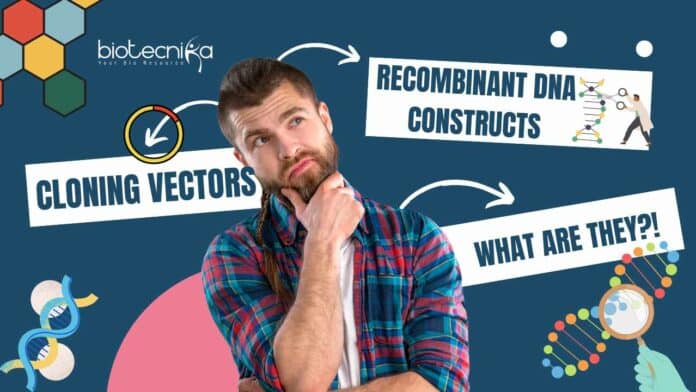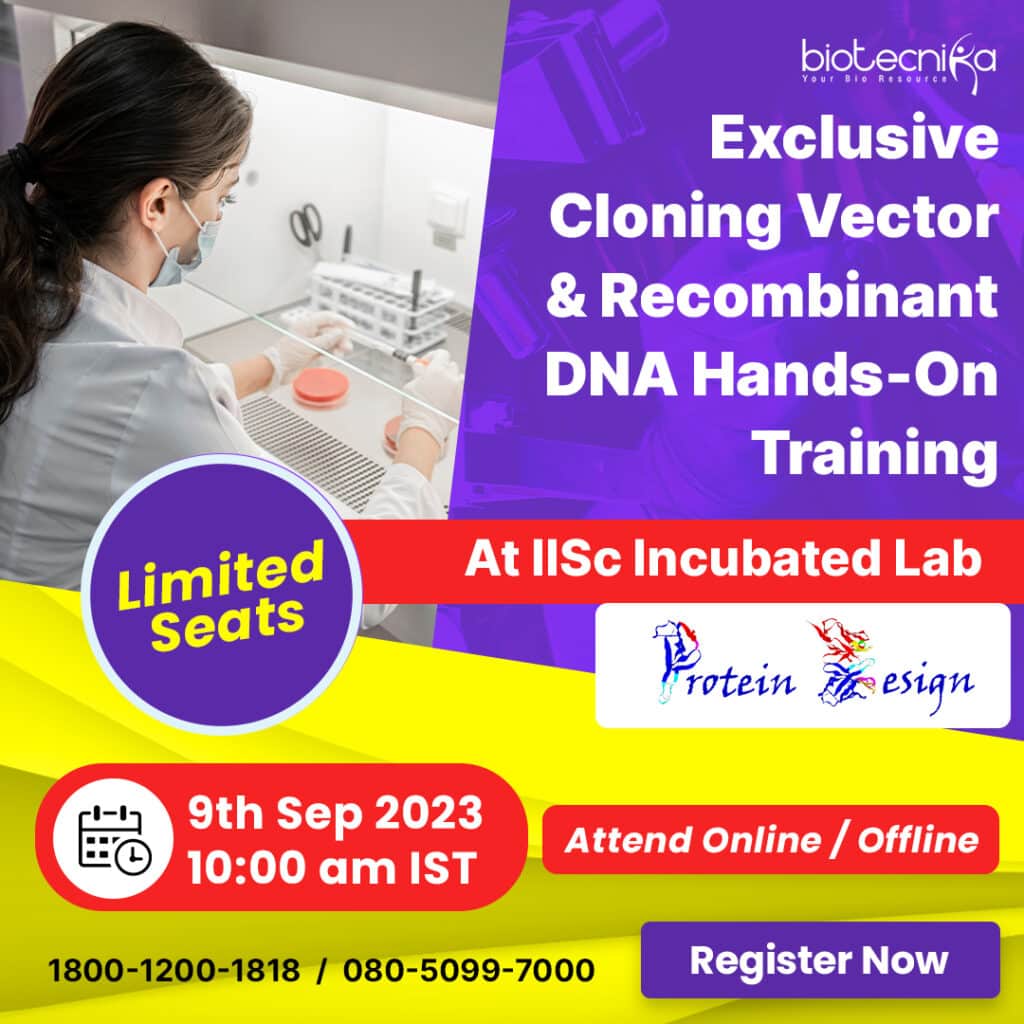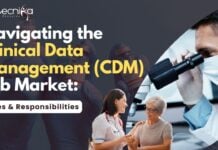What are Cloning Vectors and Recombinant DNA Constructs?
In the world of biotechnology, the ability to manipulate DNA is at the heart of countless groundbreaking discoveries and innovations. Scientists harness the power of cloning vectors and recombinant DNA constructs to engineer organisms, develop life-saving drugs, and study the fundamental mechanisms of life. This article explores the essential building blocks of biotech: cloning vectors and recombinant DNA constructs, shedding light on how they are used to unlock the secrets of DNA.
Table of Contents
- Introduction: The Marvels of Biotechnology
- The DNA Puzzle: A Brief Overview
- Cloning Vectors: Nature’s Tiny Toolkits
3.1. Plasmids: The Workhorses of Cloning Vectors
3.2. Bacteriophages: A Viral Approach - Creating Recombinant DNA Constructs
4.1. Restriction Enzymes: Molecular Scissors
4.2. DNA Ligases: The Molecular Glue - Applications in Genetic Engineering
5.1. Genetic Modification of Organisms
5.2. The Biopharmaceutical Revolution - Investigating Genetic Diseases
6.1. Cloning Vectors in Disease Research
6.2. Gene Therapy: A Glimpse into the Future - Challenges and Ethical Considerations
7.1. Controversies Surrounding Genetic Engineering
7.2. Safeguarding Biosecurity - The Future of Biotech: CRISPR and Beyond
- Conclusion: DNA’s Endless Possibilities
Introduction: The Marvels of Biotechnology
Biotechnology has revolutionized our world, of
fering new solutions to age-old problems and pushing the boundaries of scientific discovery. At its core, biotechnology relies on our understanding of DNA and the tools we use to manipulate it. This article delves into two essential components of biotech: cloning vectors and recombinant DNA constructs.The DNA Puzzle: A Brief Overview
Before we delve into cloning vectors and recombinant DNA, let’s refresh our knowledge of DNA. Deoxyribonucleic acid, or DNA, contains the genetic instructions that make each living organism unique. Understanding DNA’s structure and functions is crucial to biotechnology.
Cloning Vectors: Nature’s Tiny Toolkits
Cloning vectors are the workhorses of genetic engineering. They are small, self-replicating pieces of DNA that scientists use to carry and replicate genes of interest. Two common types of cloning vectors are plasmids and bacteriophages.
Plasmids: The Workhorses of Cloning Vectors
Plasmids are circular pieces of DNA found in bacteria. Scientists have harnessed these tiny structures to carry foreign DNA into host cells, making them a crucial tool in biotech research.
Bacteriophages: A Viral Approach
Bacteriophages, or simply phages, are viruses that infect bacteria. Researchers have adapted these viruses to deliver genes into bacterial hosts, expanding the toolkit for genetic manipulation.
Creating Recombinant DNA Constructs
To engineer organisms or produce valuable proteins, scientists create recombinant DNA constructs by combining DNA from different sources. This process involves molecular scissors called restriction enzymes and molecular glue known as DNA ligases.
Restriction Enzymes: Molecular Scissors
Restriction enzymes precisely cut DNA at specific sequences. This cutting ability allows scientists to create fragments of DNA with desired genes.
DNA Ligases: The Molecular Glue
DNA ligases play a vital role in sealing the DNA fragments together. This step is essential for creating stable recombinant DNA constructs.
Applications in Genetic Engineering
Cloning vectors and recombinant DNA constructs find applications in various aspects of genetic engineering, shaping the future of biotechnology.
Genetic Modification of Organisms
Scientists use these tools to modify the genetic makeup of organisms, from bacteria to plants and animals, for agricultural, medical, and environmental purposes.
The Biopharmaceutical Revolution
Biotech has revolutionized the pharmaceutical industry, enabling the production of therapeutic proteins and drugs, such as insulin and vaccines, in a more efficient and cost-effective manner.
Investigating Genetic Diseases
Cloning vectors are indispensable in studying genetic diseases and developing potential treatments, including gene therapy.
Cloning Vectors in Disease Research
Researchers use cloning vectors to insert disease-related genes into model organisms, aiding in the understanding of genetic disorders.
Gene Therapy: A Glimpse into the Future
Gene therapy holds promise in treating genetic diseases by replacing or repairing faulty genes. Cloning vectors play a pivotal role in delivering therapeutic genes.
What are Cloning Vectors and Recombinant DNA Constructs?
Well aren’t you in luck, we have a hands-on training session happening in less than 24 hours so sign up if you have not already, all the details are posted below
Cloning Vector & Recombinant DNA Hands-On Training At IISc Incubated Lab – Attend Online / Offline
Unleash Your Potential in Genetic Engineering and Molecular Biology Research
With Our Immersive Cloning Vector and Recombinant DNA Hands-On Training Session
Happening Both Offline & Online On September 9th.
Step into the Future of Genetic Innovation
Skill, Upskill, Re-Skill & – Get Ready For A Successful Research Career
Training Details:
- Date: 9th September 2023
- Time: 10:00 am (IST)
- Training Format: Choose the mode that suits you best – attend the training either online or offline, ensuring maximum flexibility and convenience.
- Venue: Online (People who opt for online hands-on training
- Offline venue: Bangalore (For Offline hands-on training at Protein Design lab)
Why Learn These Techniques? Recombinant DNA and cloning vector techniques are essential in advancing biotechnology, medicine, and genetic research. Mastering these hands-on skills opens doors to impactful career opportunities and groundbreaking contributions to scientific advancements.
Career & Future Scope: Proficiency in recombinant DNA techniques is highly valued in various industries, including pharmaceuticals, biotechnology, and research. Your expertise in cloning vectors and recombinant DNA will prepare you for roles in gene therapy, drug development, and genetic engineering.
Training Session Agenda:
- Theory on Recombinant DNA and Tools: Understand the fundamental principles of recombinant DNA technology, including cloning vectors, gene insertion, and molecular tools crucial for genetic engineering.
- Isolation of Plasmid from Non-Pathogenic Bacterial Culture: Master the step-by-step process of extracting plasmids from non-pathogenic bacterial cultures. Grasp the importance of plasmids in genetic manipulation.
- Restriction Digestion of Isolated Plasmid: Dive into restriction digestion techniques using restriction enzymes. Learn to precisely cut DNA at specific recognition sites, a fundamental step for gene insertion.
- Gel Electrophoresis Analysis and Interpretation: Explore gel electrophoresis, a pivotal technique for analyzing DNA fragments. Develop the skills to accurately interpret results and draw meaningful conclusions.
Benefits of Attending Training Online/Offline
Online: The online mode of training provides flexibility. Attend from the comfort of your home or office, and save time and costs associated with commuting.
Offline: The offline mode provides a more immersive learning experience. Experience face-to-face interaction with the instructors, hands-on lab work, and in-person networking opportunities.
Meet Your Instructor: Dr. Deepti Saini will be the instructor for this Training. 
Why Attend This Hands-On Training Session?
- Practical Skill Development: Gain hands-on experience under the guidance of experienced mentors.
- In-Depth Learning: Comprehensively cover theory and practical applications for a thorough understanding.
- Networking Opportunities: Connect with peers, professionals, and mentors in the field.
- Real-World Relevance: Acquire skills directly applicable to research, industry, and innovation.
- Interactive Environment: Engage in discussions, ask questions, and receive real-time feedback.
Eligibility: This hands-on training session is tailored for students, researchers, professionals, and enthusiasts in biology, genetics, biotechnology, and related fields. All skill levels are welcome, and no prior experience is required.
Frequently asked questions on Biotecnika Training Sessions.
Are these going to be live sessions?
Yes, The Training session will be conducted LIVE.
Is this hands-on?
This will be a live online training.
How to get the hard copy certificate?
To avail of the hard copy certificate, the candidate should attend the complete session and pay a small fee.
Whom do I contact for any further queries or technical difficulties?
Have any trouble? Get in touch with our team. Click on the virtual chat assistant or write to us at [email protected] or [email protected].
Challenges and Ethical Considerations
While biotechnology holds tremendous potential, it also raises ethical and safety concerns.
Controversies Surrounding Genetic Engineering
Debates over genetically modified organisms (GMOs) and the potential environmental and health impacts continue to spark controversy.
Safeguarding Biosecurity
The dual-use nature of biotech research necessitates strict biosecurity measures to prevent misuse or accidental release of genetically engineered organisms.
The Future of Biotech: CRISPR and Beyond
As we look to the future, revolutionary technologies like CRISPR-Cas9 promise even more precise and efficient genetic manipulation.
Conclusion: DNA’s Endless Possibilities
The building blocks of biotech, cloning vectors, and recombinant DNA constructs, have transformed the way we approach genetics, medicine, and agriculture. With ethical considerations in mind, we continue to unlock DNA’s endless possibilities.
Now that you have a comprehensive understanding of cloning vectors and recombinant DNA constructs, you can appreciate their vital role in advancing biotechnology. As we navigate the complex terrain of genetic engineering, responsible research and ethical considerations will guide us towards a brighter, more sustainable future.
We hope you understood What are Cloning Vectors and Recombinant DNA Constructs? and are enrolled for the hands-on training at the prestigious IISc.








































Lovely Seminar.